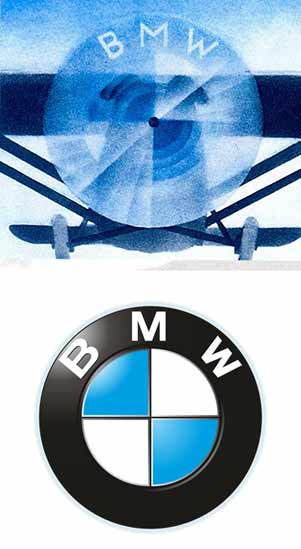Enzo Ferrari told the story of the prancing horse logo just once:
The horse was painted on the fuselage of the fighter plane of Francesco Baracca — a heroic airman of the first world war. In ’23, I met count Enrico Baracca, the hero’s father, and then his mother, countess Paulina, who said to me one day, ‘Ferrari, put my son’s prancing horse on your cars. It will bring you good luck’. The horse was, and still is, black, and I added the canary yellow background which is the colour of Modena.
All racing fans are very familiar with the famous Ferrari “prancing horse” symbol. The famous symbol of Ferrari is a black prancing horse on yellow background, usually with the letters S F for Scuderia Ferrari. The horse was originally the symbol of Count Francesco Baracca, a legendary “asso” (ace) of the Italian air force during World War I, who painted it on the side of his planes. Baracca died very young on June 19, 1918, shot down after 34 victorious duels and many team victories.
He soon became a national hero. Baracca had wanted the prancing horse on his planes because his squad, the “Battaglione Aviatori”, was enrolled in a Cavalry regiment (air forces were at their first years of life and had no separate administration), and also because he himself was reputed to be the best cavaliere of his team.
The Scuderia Ferrari logo Coat of Arms of the City of Stuttgart. It has been supposed that the choice of a horse was perhaps partly due to the fact that his noble family was known for having plenty of horses in their estates at Lugo di Romagna. Another theory suggests Baracca copied the rampant horse design from a shot down German pilot having the emblem of the city of Stuttgart on his plane. Interestingly, German sports car manufacturer Porsche, from Stuttgart, borrowed its prancing horse logo from the city’s emblem. Furthermore astonishing: Stuttgart is an over the centuries modified version of Stutengarten (an ancient german word for “Gestüt”, translated into english as mare garden or stud farm, into italian as “scuderia”).
On June 17, 1923, Enzo Ferrari won a race at the Savio track in Ravenna, and there he met the Countess Paolina, mother of Baracca. The Countess asked that he use the horse on his cars, suggesting that it would grant him good luck, but it the first race at which Alfa would let him use the horse on Scuderia cars was eleven years later, at SPA 24 Hours in 1932. Ferrari won. Ferrari left the horse black as it had been on Baracca’s plane; however, he added a yellow background because it was the symbolic color of his birthplace, Modena. The prancing horse has not always identified the Ferrari brand only: Fabio Taglioni used it on his Ducati motorbikes. Taglioni’s father was in fact a companion of Baracca’s and fought with him in the 91st Air Squad, but as Ferrari’s fame grew, Ducati abandoned the horse; this may have been the result of a private agreement between the two brands. The prancing horse is now a trademark of Ferrari.
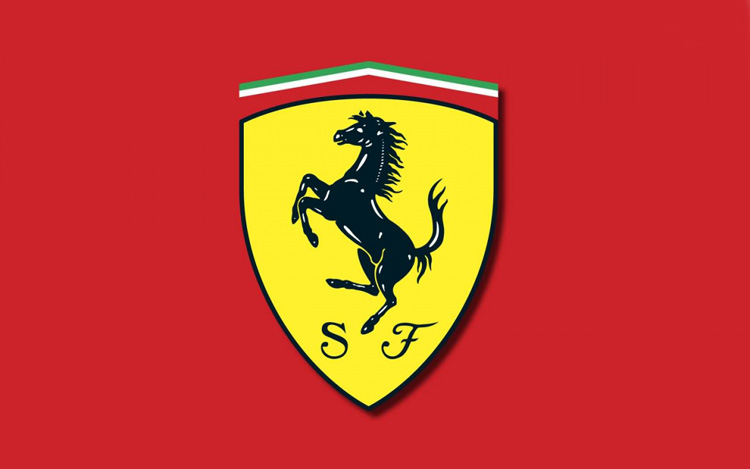
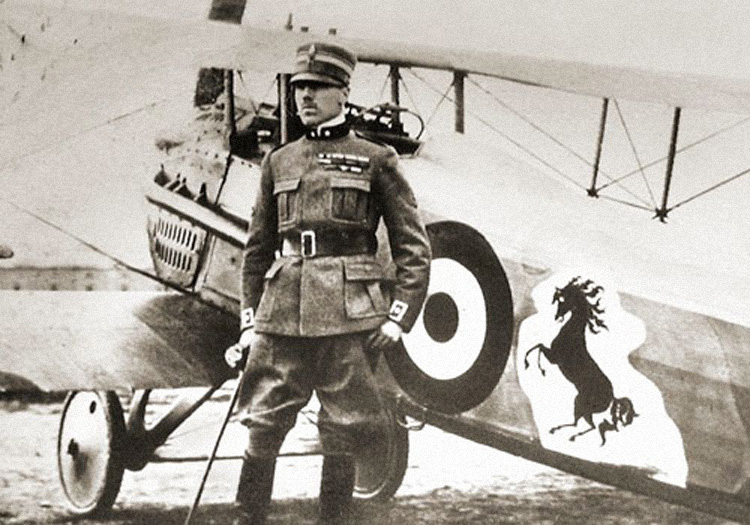
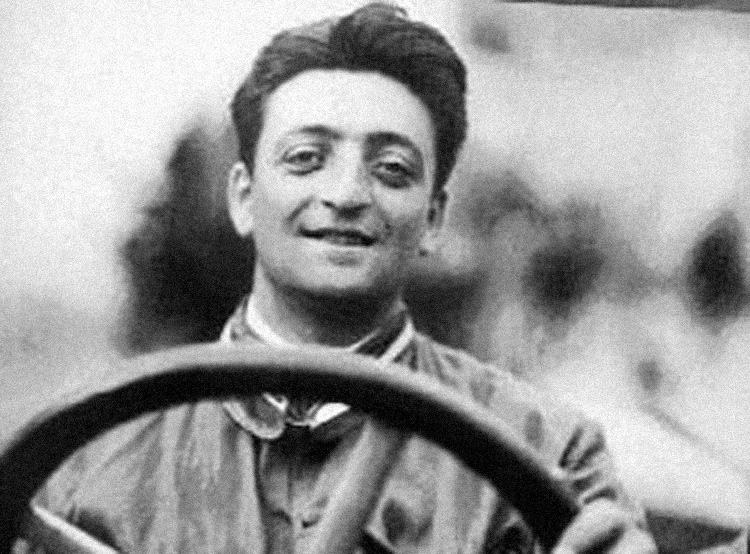
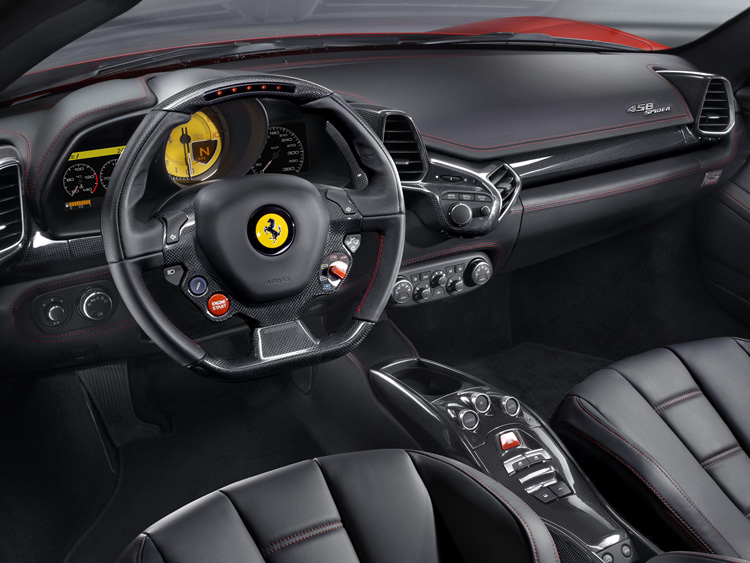
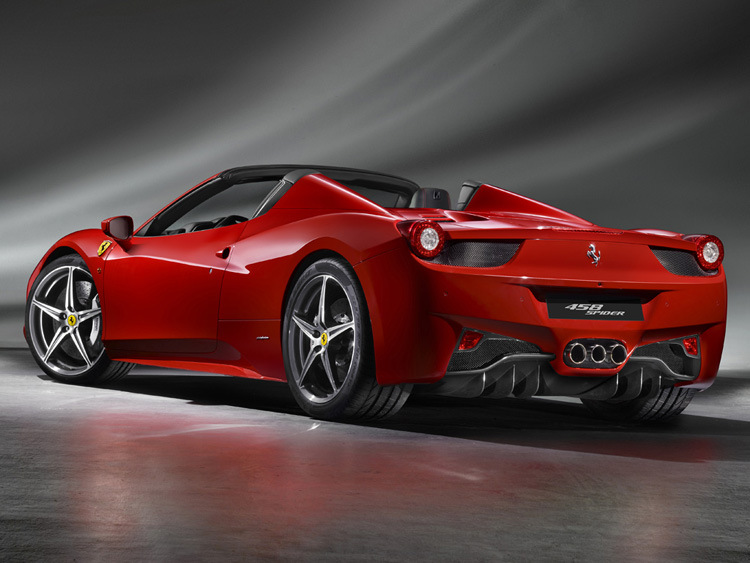
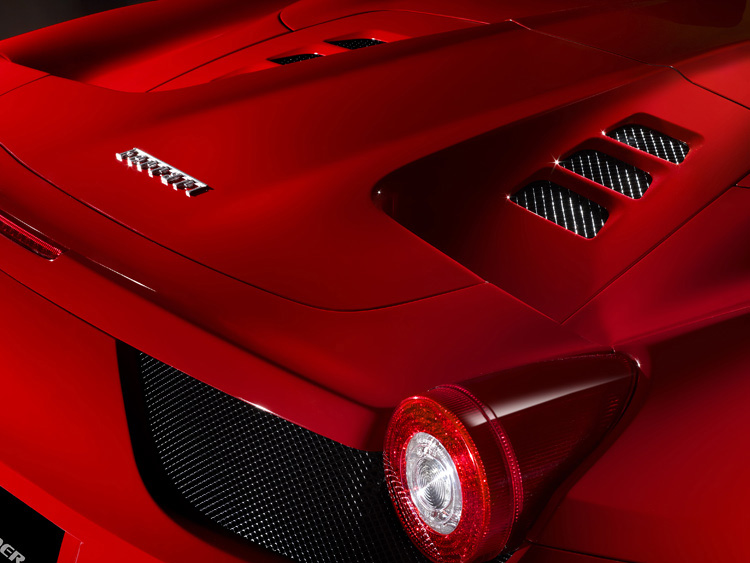
 I never knew the basis for the horse.
I never knew the basis for the horse.